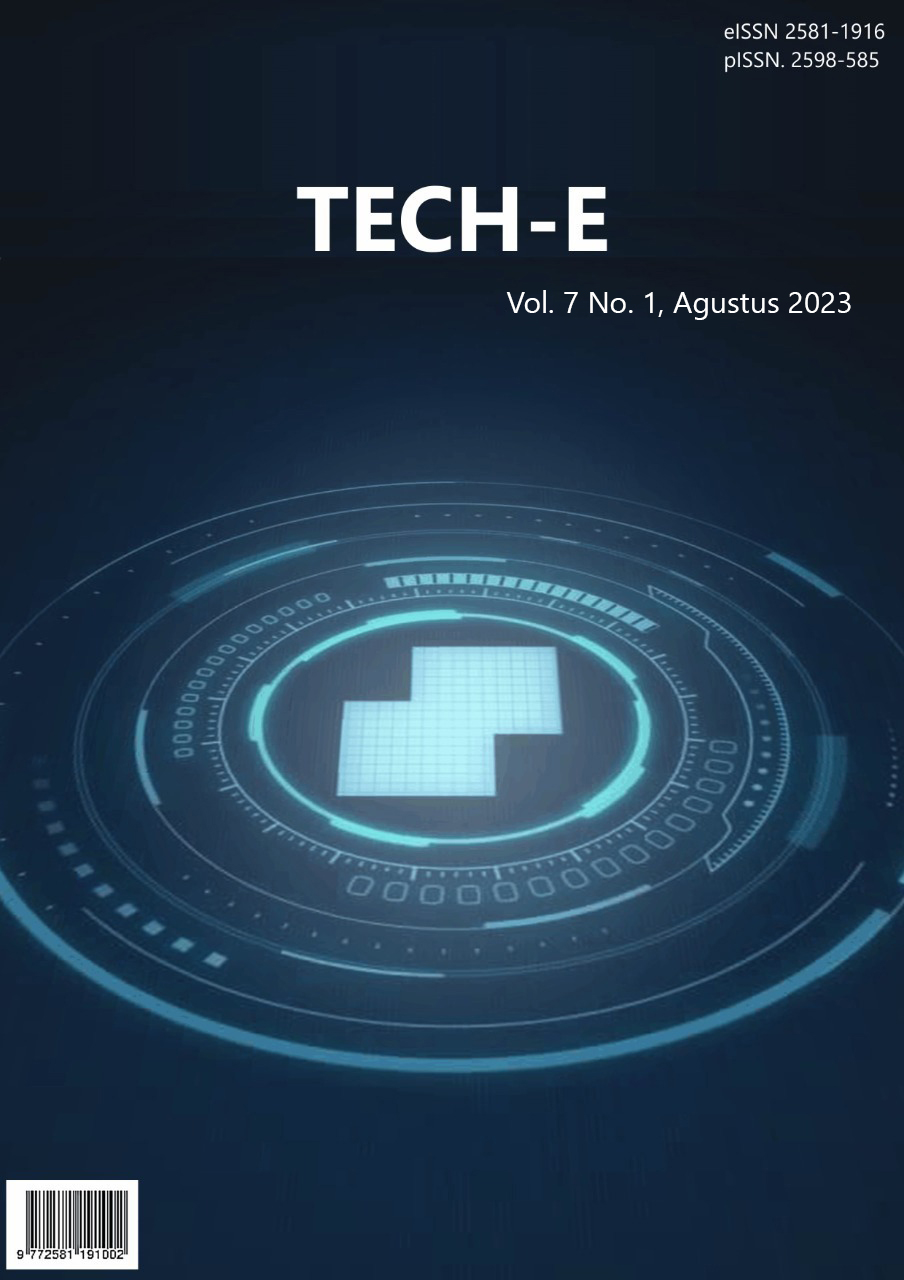Clustering Analysis of Admission of New Students Using K-Means Clustering and K-Medoids Algorithms to Increase Campus Marketing Potential
Main Article Content
Abstract
Acceptance of new students is a very important activity for a high school or university. The admissions data has not been utilized by the campus in making strategic decisions, marketing potential, and considering invitations through academic admissions. So, to assist in processing the new student admissions data, in this study the design and analysis of new student admissions data was carried out using stages in data mining. The clustering method approach can be applied in analyzing the potential level of PMB quality produced by utilizing the PMB recording dataset for the 2023 period. 86 data records. The K-Means and K-Medoids algorithm models that are applied have results that show a new insight, namely grouping based on 2 clusters, cluster 1 (C0) is a pass category while cluster 2 (C1) has not been determined. The results of the K-Medoids algorithm which has cluster 1 (C0) 60 results, cluster 2 (C1) has 26 results is a potential pass of 60 and has not yet been determined 26 of the data tested 86 while the results of the K-Means cluster 1 algorithm (C0) 40 , cluster 2 ( C1 ) 46 is a potential pass consisting of 40 and 46 undetermined data from the 86 datasets tested. Testing using the RapidMiner Studio application can also produce similar insights, namely each cluster has Davies Bouldin Index or DBI results from each K-Means and K-Medoids algorithm. K-Means has a Davies Bouldin Index result of -0.533 while K-Medoids has a Davies Bouldin Index result of -0.877
Downloads
Article Details

This work is licensed under a Creative Commons Attribution-NonCommercial-NoDerivatives 4.0 International License.
The Authors submitting a manuscript do so on the understanding that if accepted for publication, copyright of the article shall be assigned to journal Tech-E, Universitas Buddhi Dharma as publisher of the journal.
Copyright encompasses exclusive rights to reproduce and deliver the article in all form and media, including reprints, photographs, microfilms and any other similar reproductions, as well as translations. The reproduction of any part of this journal, its storage in databases and its transmission by any form or media, such as electronic, electrostatic and mechanical copies, photocopies, recordings, magnetic media, etc. , will be allowed only with a written permission from journal Tech-E.
journal Tech-E, the Editors and the Advisory Editorial Board make every effort to ensure that no wrong or misleading data, opinions or statements be published in the journal. In any way, the contents of the articles and advertisements published in the journal Tech-E, Universitas Buddhi Dharma are sole and exclusive responsibility of their respective authors and advertisers.
 Abstract views: 251
/
Abstract views: 251
/  PDF downloads: 206
PDF downloads: 206

